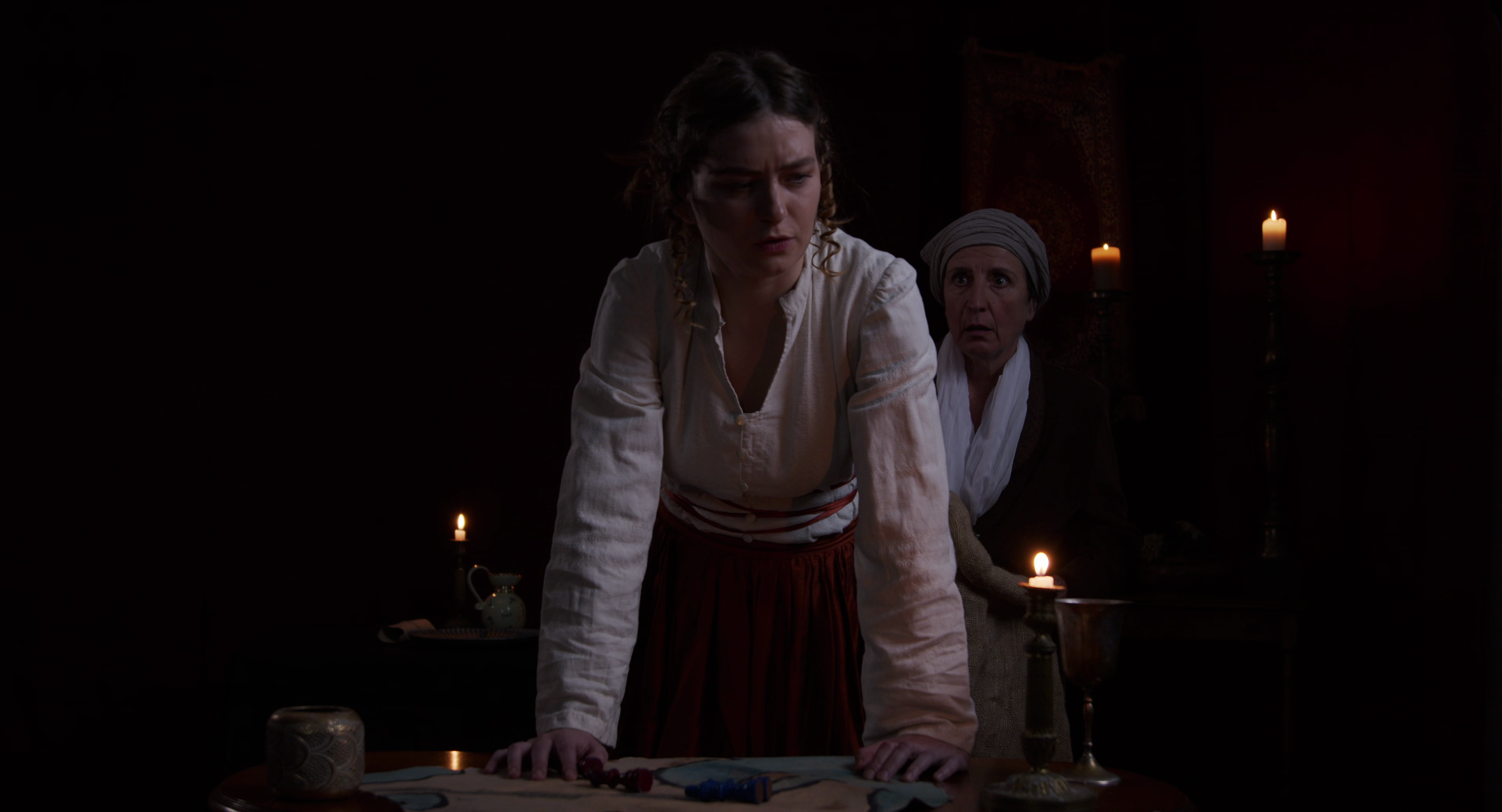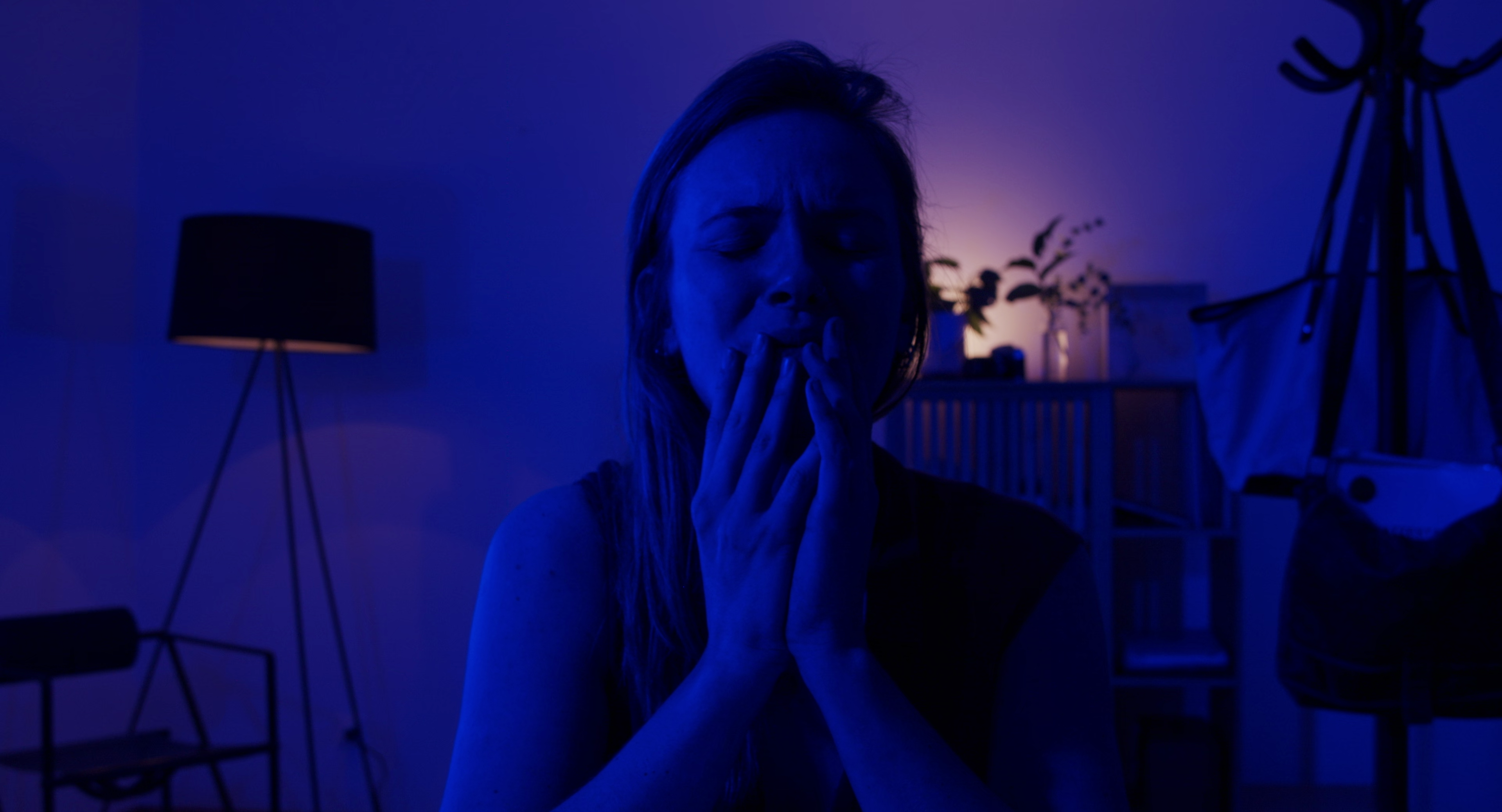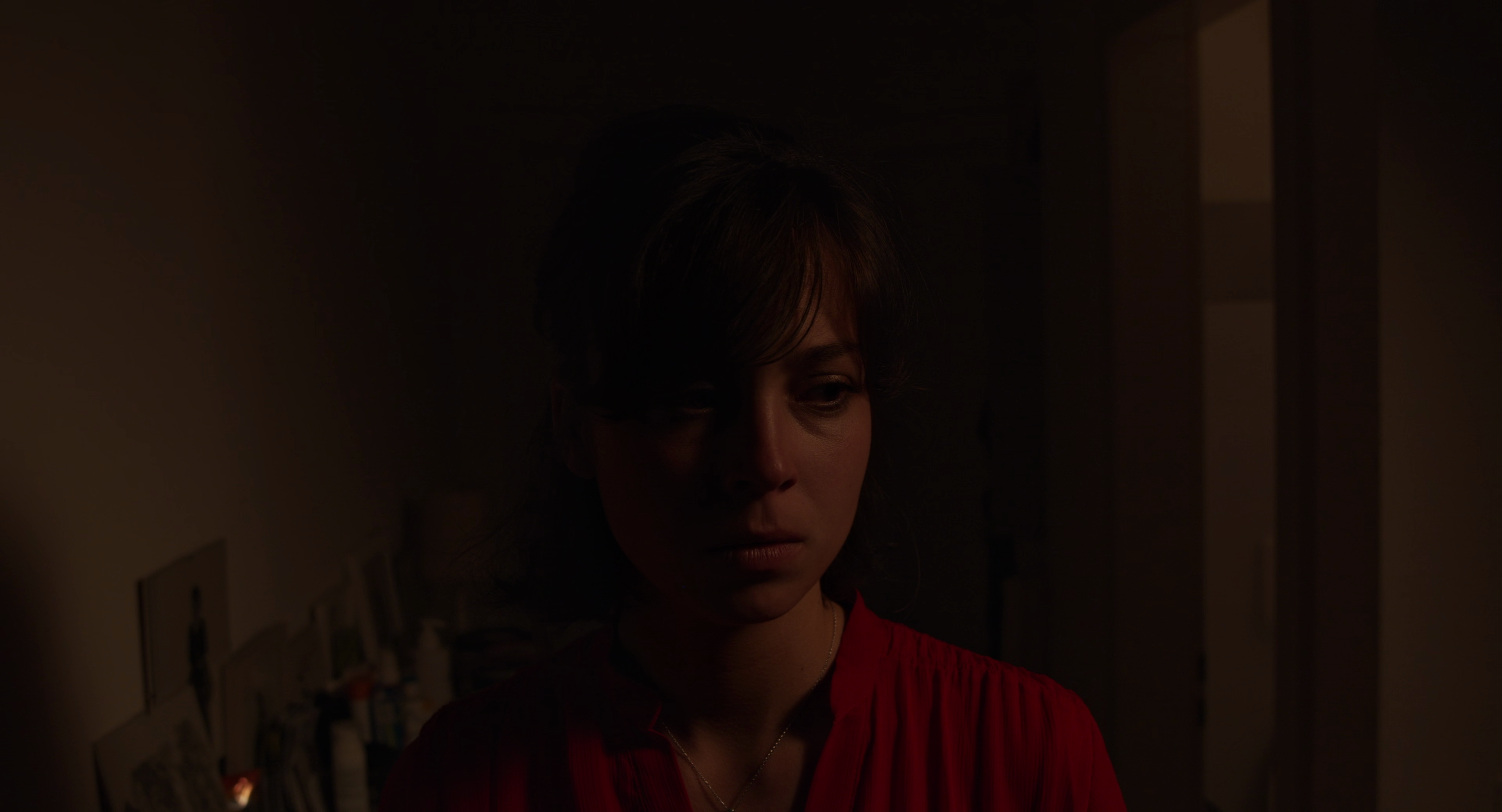Before A Painting

CAT INDEX
CAT INDEX OVERVIEW
SCREENPLAY
MAKING
ACTING
Directed by Nathan Tosoni | Reviewed by Anushka Dutta
Writer and director, Nathan Tosoni, compiles preceding occurrences that lead to the genesis of three incredibly popular masterworks of all times. Tosoni commences his project with the story of Judith as captured in Caravaggio’s Judith Beheading Holofernes. Raphaël Tschudi plays the role of Holofernes, the Assyrian General. Adèle Viéville is casted as the widow Judith, and Hélène Bolanz as her maid Agra. Tosoni’s next project is that of the events leading up to René Magritte’s The Lovers, painted in Paris in 1928. Here, the director assigns the role of the lovers to Paola Renout Lefever and Simon Labarrière. The film finally ends with another magnum opus – Edward Hopper’s 1952 painting, Morning Sun. Anastasia Fraysse-Vivien Hebert and Estelle Bridet- Maël Descombes perform the characters of the two dysfunctional couples.
The Book of Judith narrates the tale of Judith seducing and enchanting the Syrian General, Holofernes. The body language of Tschudi performing Holofernes’ part and the wine glass on the table are suggestive and symbolic of intoxication. Disloyal to his own sword, indulging sexually with the enemy has put Holofernes in a state of troubled plight. But he chooses to abandon his weapon for a deceptive love. The widow Judith uses her sensuality to bewitch the General, before finally decapitating his head off, with the help of her maid, Agra, who plays a vital role in keeping her mistress’ goal straight, without letting her emotions get in the way. In this dramatic moment of decapitation, the background is intentionally kept inky to highlight the Biblical imagery of the slaying. The soundtrack used by Tosoni hints at the forthcoming cinematic portrayal of Caravaggio’s masterpiece.
The second film stages two separate rooms to show the individual conflicts of the two ‘lovers’. When the male ‘lover’ draws the curtains – the shine of the lamp gives the illusion of the Sun – a consistent burning sensation he has to carry within himself, one that he cannot reveal to his “only confidant”. The blinking of the bulb synchronizes with his fitful outbursts of conflicted emotions. The lamp ultimately gets defused, perhaps mirroring the male ‘lover’s inescapable, stifling enharmony. When the lighting subsides, the colour scheme is converted to red, signifying the character’s bottled-up frustrations and aggressive ebullition. We find a netted imagery on the back wall, suggestive of the entrapment he incurs ergo his own actions. The drawing of the curtains, to the female ‘lover’, stood for lust, the physical desires of every man, as she says in a critical tone: “Men... It’s so obvious when they want it” But her successive dialogue “Such a lack of manners!” is followed by the window closing behind her. The lighting in this scene is deliberately dominated by the tint of blue. The blue here stands for the cold, death-like anxiety that the woman seems to be enshrouded with. She has to hide “before the man [she loves] most!” The illumination gradually diminishes to the point where we see nothing but a silhouette – a black void. When the final confrontation takes place, both their faces are covered in a greyish veil. They approach each other and lean into a kiss, coming to a standstill that represents the original painting by Magritte.
The shot captured at the end of Tosoni’s short film is a remodeling of Edward Hopper’s 1952 painting, Morning Sun. The woman in this portrait-shot is Anastasia Fraysse. The casual shift dress exposes her bare arms and thighs; her eyes seemingly lost in her thoughts and impassiveness. Her sightless vision emphasizes the bleakness and isolation of the frigid urban life. Even the chosen wall colours are muted, bland and lifeless. The divulgence of the skeletons in the closet of both the parties – the one that is apparently ideal, parallel to the dysfunctional one – leads to the final predicament of Alicia. In the end, she loses both her partner as well as her friend, thus, beginning her indicative solitude. The script by Tosoni follows a series of events that prepares for the ultimate illustration. The pretense of love, betrayal, deception, distance and internal conflict are some of the recurrent themes in all three of Tosoni’s projects. The filmmaker plays with the colour palette, lighting and music to enrich and emphasize the mood of his individual films.
 Anushka Dutta is a student of English Honours, and a part-time content writer. A writer, singer and an artist; they have worked as an ambassador for Japan Film Festival in 2020 organized in Kolkata, India. They are a professional singer and have done playback singing in movies.
Anushka Dutta is a student of English Honours, and a part-time content writer. A writer, singer and an artist; they have worked as an ambassador for Japan Film Festival in 2020 organized in Kolkata, India. They are a professional singer and have done playback singing in movies.





